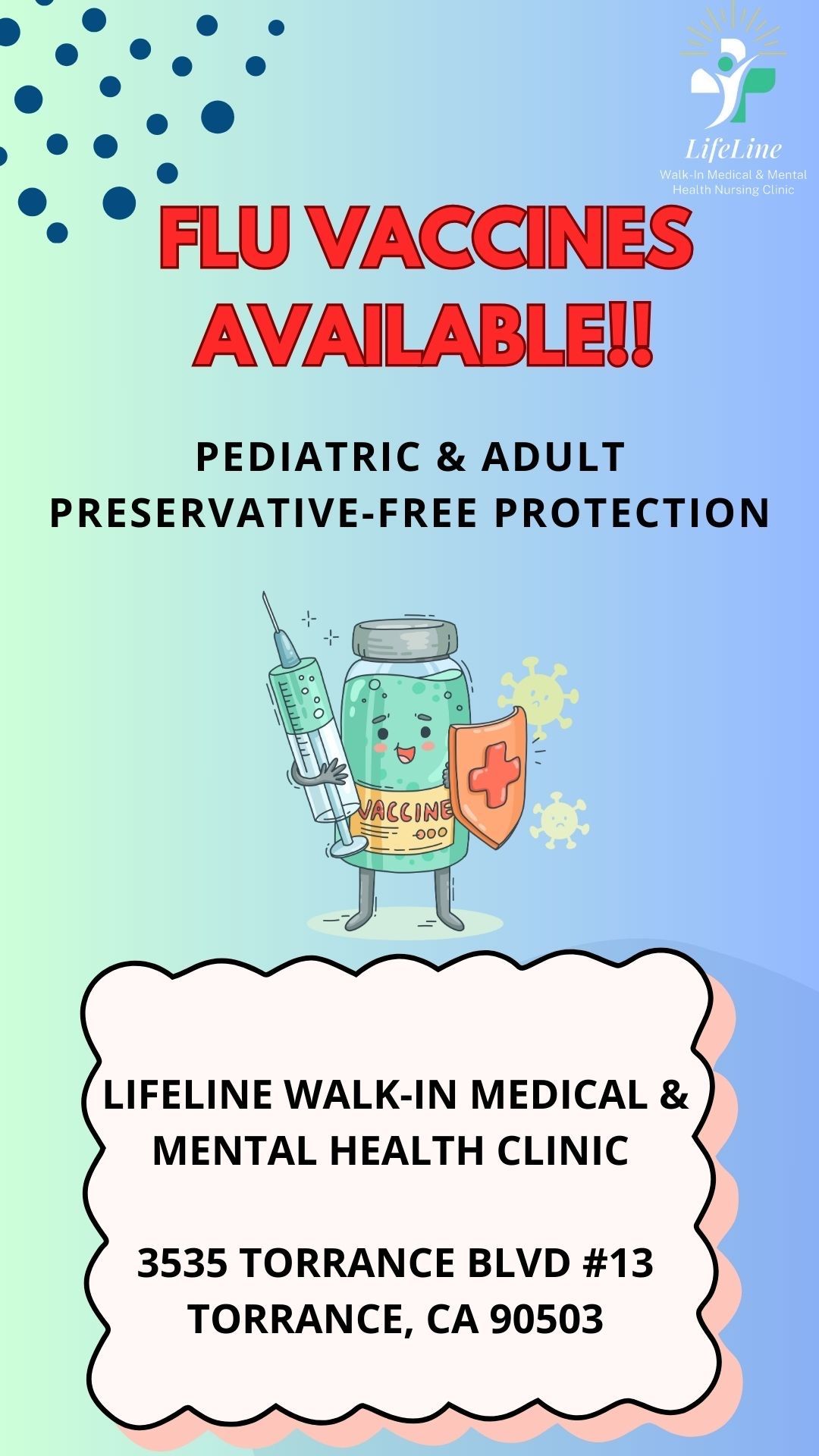Understanding Testosterone Replacement: Benefits, Symptoms, and Next Steps

What is Testosterone?
Testosterone is the primary male hormone in the body. It is responsible for many functions including:
- Male Characteristics: facial and body hair, bone development, building muscle mass
- Reproduction: sex drive, fertility, erections and orgasms
- Boosts mood and energy production by development of new red blood cells, may help depression symptoms
Symptoms of Low Testosterone:
- Sadness, irritability, difficulty concentrating
- Increased body fat, reduced muscle mass
- Fatigue, hair loss, sleep disturbances
- Low libido, reduced erections, infertility
Steps to Improve Symptoms:
- Have medical check-ups to discuss symptoms, check levels and overall health
- Drink plenty of 8 glasses of water daily, reduce caffeine
- Eat nutritious foods such as fruits, vegetables, proteins, and whole grains
- Aim for 7-9 hours of sleep per night
- Engage in minimally 150 minutes of moderate-intensity exercise (e.g. brisk walking or swimming) or 75 minutes of vigorous exercise weekly
Male Testosterone Replacement:
- Normal testosterone levels vary by age and sex. General normal range for men is 300-1,000 nanograms per deciliter (ng/dL) or 10-35 nanomoles per liter (nmol/L).
- Testosterone Replacement Therapy (TRT) is FDA-approved for men with laboratory confirmed low testosterone levels due to a medical condition (FDA, 2015).
- Individuals can have normal levels of testosterone and still be symptomatic.
- TRT can increase energy, improve sexual drive and performance, improve mood, and increase lean muscle mass building.
Next Steps:
- Seek Support: Make an appointment to get support from a health professional.
- Visit your provider and report symptoms and concerns. Receive consultation, education, and lab results.
- Gradually begin Testosterone Replacement Therapy if qualified and a personalized health plan.
- Monitor Progress: Track your progress and symptoms and adjust your plan as needed. Routine lab monitoring.
Reference:
U.S. Food and Drug Administration (2015)
https://www.fda.gov/drugs/postmarket-drug-safety-information-patients-and-providers/testosterone-information
Join Our Newsletter












